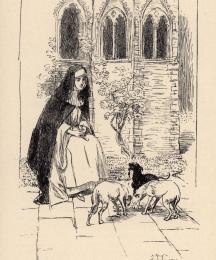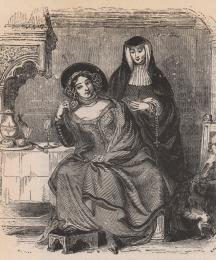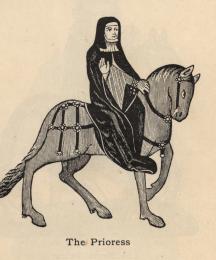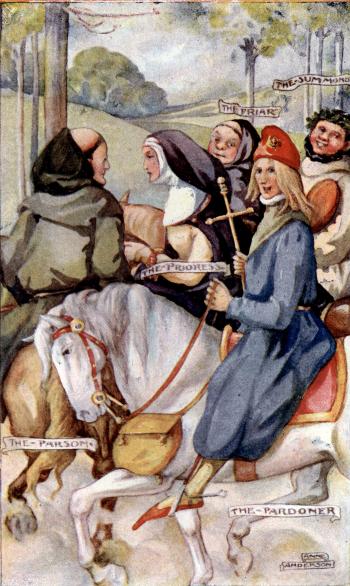
"Ther was also a Nonne, a Prioresse,
That of hir smylyng was ful symple and coy;
Hire gretteste ooth was but by Seinte Loy;
And she was cleped madame Eglentyne.
Ful weel she soong the service dyvyne,
Entuned in hir nose ful semely;
And Frenssh she spak ful faire and fetisly,
After the scole of Stratford atte Bowe,
For Frenssh of Pays was to hire unknowe."
The Prioress's Tale describes the murder of a small boy deeply devoted to the Virgin Mary by a group of Jews. Mary gives the boy the ability to sing to her even after death; this singing allows his body to be found. The Tale thus draws on the tradition of miracles of the Virgin, and it is notable both for its gruesome descriptions and its antisemitism.
That of hir smylyng was ful symple and coy;
Hire gretteste ooth was but by Seinte Loy;
And she was cleped madame Eglentyne.
Ful weel she soong the service dyvyne,
Entuned in hir nose ful semely;
And Frenssh she spak ful faire and fetisly,
After the scole of Stratford atte Bowe,
For Frenssh of Pays was to hire unknowe."
The Prioress's Tale describes the murder of a small boy deeply devoted to the Virgin Mary by a group of Jews. Mary gives the boy the ability to sing to her even after death; this singing allows his body to be found. The Tale thus draws on the tradition of miracles of the Virgin, and it is notable both for its gruesome descriptions and its antisemitism.
Bibliography
Chaucer, Geoffrey. The Riverside Chaucer. Ed. Larry D. Benson. 3rd ed. Boston: Houghton, 1987.
Anne Anderson (1874 - 1930)
Edward Coley Burne-Jones (1833 - June 16, 1898)
Mrs. H. R. Haweis (1848 - 1898)
M. L. Kirk (1860 - 1938)
Hugh Thomson (1860 - 1920)
Anne Anderson (1874 - 1930)
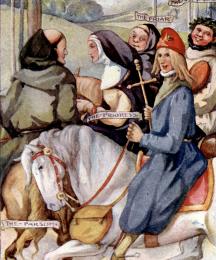
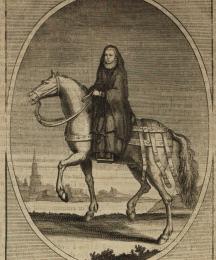
Edward Coley Burne-Jones (1833 - June 16, 1898)
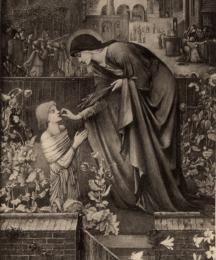
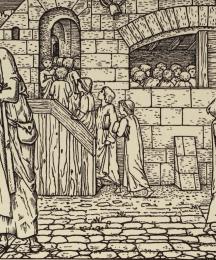
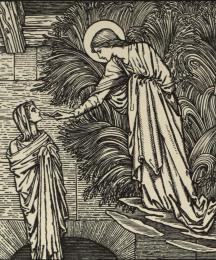
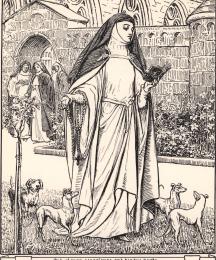
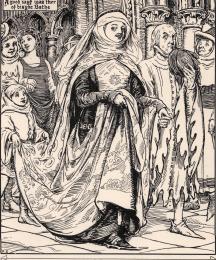
Mrs. H. R. Haweis (1848 - 1898)
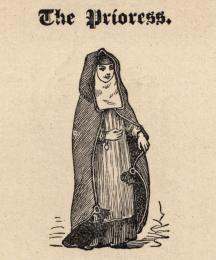
M. L. Kirk (1860 - 1938)


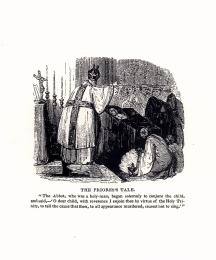
Hugh Thomson (1860 - 1920)
